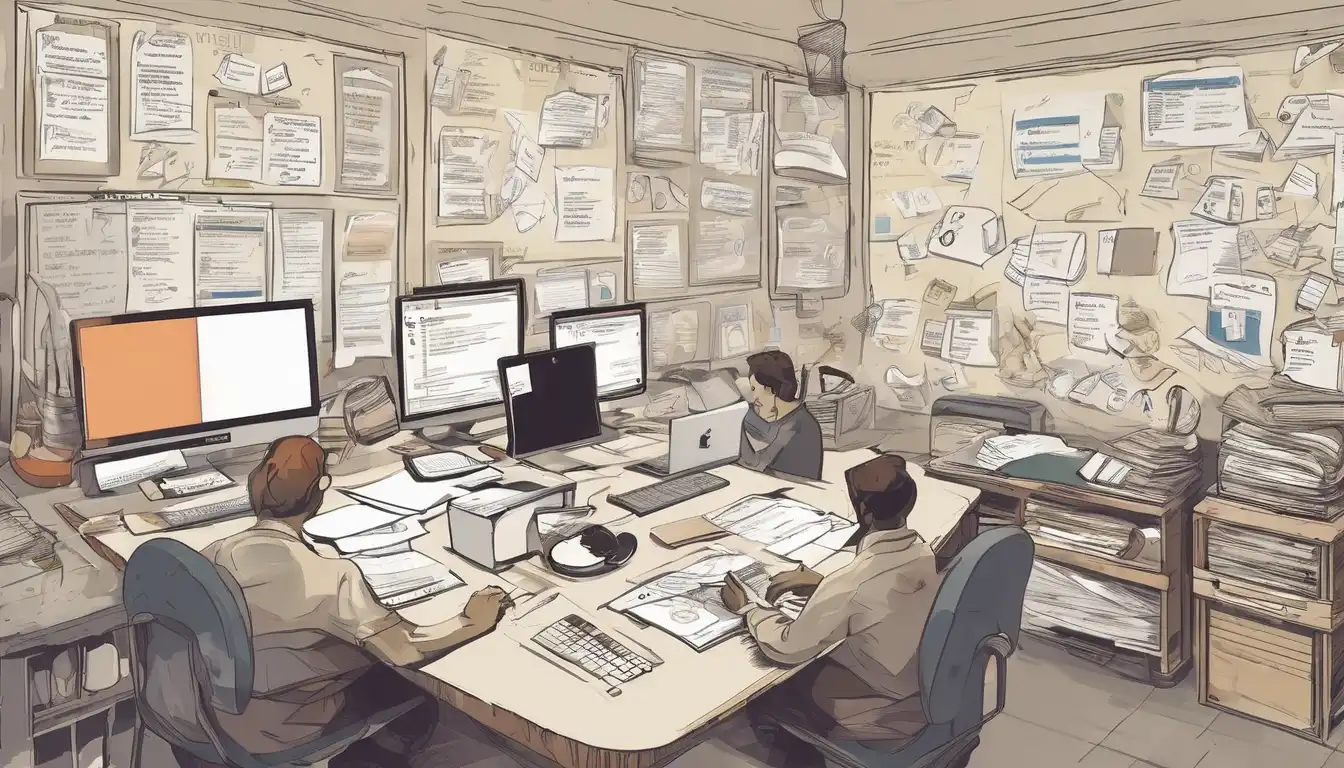Why Task Prioritization is Your Secret Weapon for Productivity
In today's fast-paced world, the ability to prioritize tasks effectively separates high achievers from those who constantly feel overwhelmed. Proper task prioritization isn't just about making to-do lists—it's about strategically allocating your limited time and energy to activities that deliver maximum results. When you master this skill, you transform from being busy to being productive, ensuring that every hour you invest moves you closer to your most important goals.
The Foundation: Understanding Urgent vs. Important Tasks
The Eisenhower Matrix, developed by former U.S. President Dwight D. Eisenhower, provides the fundamental framework for distinguishing between urgent and important tasks. Urgent tasks demand immediate attention but may not contribute significantly to long-term objectives. Important tasks, while they might not have pressing deadlines, directly align with your core goals and values. The most productive individuals focus primarily on important tasks before they become urgent.
Four Quadrants of the Eisenhower Matrix
- Quadrant 1 (Urgent and Important): Crises, deadlines, emergencies
- Quadrant 2 (Important but Not Urgent): Strategic planning, relationship building, skill development
- Quadrant 3 (Urgent but Not Important): Some emails, interruptions, unnecessary meetings
- Quadrant 4 (Not Urgent and Not Important): Time-wasting activities, trivial tasks
Practical Prioritization Techniques That Deliver Results
The ABCDE Method for Task Ranking
This simple yet powerful technique involves categorizing tasks by their significance. Assign an 'A' to critical tasks that must be completed, 'B' to important but not crucial tasks, 'C' to nice-to-do tasks, 'D' to tasks you can delegate, and 'E' to tasks you can eliminate entirely. This method forces you to make conscious decisions about where to focus your efforts.
Time Blocking for Focused Execution
Time blocking involves scheduling specific blocks of time for different categories of tasks. By dedicating uninterrupted periods to high-priority work, you minimize context switching and maximize deep focus. Research shows that it takes an average of 23 minutes to regain focus after an interruption, making time blocking essential for maintaining productivity.
Leveraging Technology for Smart Prioritization
Modern productivity tools can significantly enhance your prioritization efforts. Applications like Todoist, Trello, and Asana allow you to categorize tasks, set deadlines, and visualize your workload. Many of these tools incorporate the Pareto Principle, helping you identify the 20% of tasks that will deliver 80% of your results.
Automating Routine Decisions
By creating templates and workflows for recurring tasks, you free up mental energy for more important decisions. Automation tools can handle everything from email sorting to task reminders, allowing you to concentrate on strategic thinking and high-value activities.
The Psychology of Prioritization: Overcoming Common Challenges
Battling Procrastination Through Micro-Tasking
Large, complex tasks often trigger procrastination. Break them down into smaller, manageable steps and prioritize the first action. This approach reduces mental resistance and creates momentum, making it easier to tackle challenging projects.
Managing Energy, Not Just Time
Your energy levels fluctuate throughout the day. Schedule demanding, high-priority tasks during your peak energy periods and save routine tasks for when your energy naturally dips. This alignment between task difficulty and personal energy patterns dramatically improves efficiency.
Creating Your Daily Prioritization Routine
Establishing a consistent morning routine sets the tone for productive days. Spend 10-15 minutes each morning reviewing your tasks, applying your chosen prioritization method, and identifying your top three priorities for the day. This practice ensures you start each day with clarity and purpose.
The Weekly Review: Your Strategic Advantage
Set aside time each week to assess your progress, adjust priorities, and plan for the coming week. This regular reflection helps you stay aligned with long-term goals and prevents urgent tasks from overshadowing important strategic work. Consider incorporating elements from our weekly planning strategies to enhance this process.
Advanced Prioritization Strategies for Professionals
Weighted Scoring for Complex Decisions
For projects with multiple variables, create a weighted scoring system. Assign values to factors like impact, effort required, deadlines, and strategic alignment. This quantitative approach removes emotional bias from decision-making and provides objective criteria for prioritization.
The Ivy Lee Method: Century-Old Wisdom
This simple technique involves listing six important tasks for the next day and tackling them in order of importance. Its effectiveness lies in its simplicity and focus on completion rather than endless list-making.
Measuring and Refining Your Prioritization Skills
Regularly assess your prioritization effectiveness by tracking completed tasks against your most important goals. Use metrics like the percentage of high-priority tasks completed and the time spent on value-added activities. This data-driven approach helps you identify patterns and continuously improve your system.
Avoiding Common Prioritization Pitfalls
Be aware of prioritization traps like the planning fallacy (underestimating task duration), scope creep (allowing tasks to expand unnecessarily), and the urgency bias (overvaluing immediate demands). Developing awareness of these tendencies is the first step toward overcoming them.
Conclusion: Making Prioritization a Habit
Effective task prioritization is a skill that improves with practice and refinement. By consistently applying these strategies, you'll develop the ability to distinguish between what's truly important and what merely feels urgent. Remember that the goal isn't to do more tasks—it's to do the right tasks that align with your most significant objectives. Start implementing these techniques today, and you'll soon experience the transformative power of strategic task management. For more insights on optimizing your workflow, explore our comprehensive workflow optimization guide.
